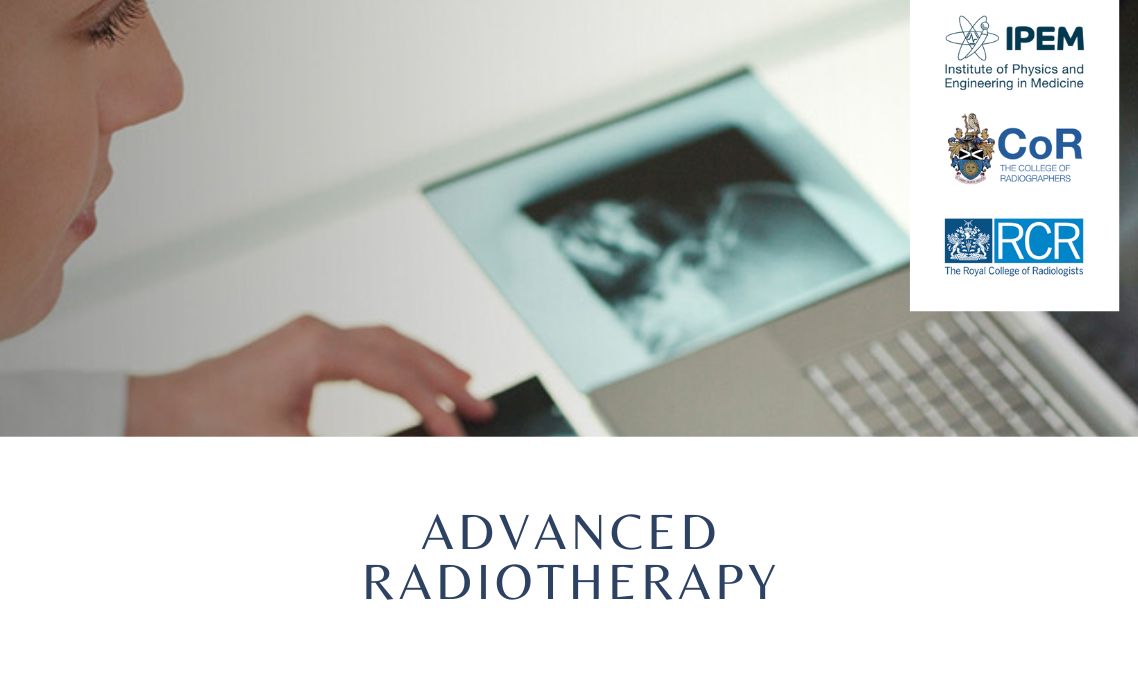Course Content
Module 1 – Image-Guided Brachytherapy (IGBT) for Cervix Cancer
Module 2 – Intensity Modulated Radiotherapy (IMRT)
Module 3 – Stereotactic Radiotherapy (SRT)
Module 4 – Prostate Brachytherapy
Module 5 – Image-Guided Radiotherapy (IGRT)
Proton Beam Therapy
Clinical Oncology
Module 1b – Thoracic and Respiratory
Module 1c – Vascular and Interventional
Module 2 – Musculoskeletal and Trauma
Module 3 – Gastro-intestinal
Module 4c – Genito-urinary and Adrenal
Module 5 – Paediatrics
Module 6a – Head and Neck
Module 6b – Neuroradiology
Module 7 – Radionuclide Radiology
Module 8a – Physics
About Course
Advanced Radiotherapy
Radiotherap-e covers the knowledge and practical skills required to implement advanced radiotherapy techniques safely and efficiently. It is suitable for fully qualified practitioners, including clinical oncologists, physicists, radiographers and dosimetrists, around the world.
Training in the latest radiotherapy techniques
Accessible online, the programme is packed with interactive features, such as animations, video clips and self-assessment exercises, to reinforce learning on the complex principles involved. Step-by-step descriptions of practical procedures are given, alongside clinical examples. You can also compare techniques, equipment and protocols.
Practise your radiotherapy skills in a virtual environment
You can practise your skills using customised tools that simulate radiotherapy techniques, such as contouring, dose calculation and optimisation.
Clinical oncology
You can also purchase a separate pathway dedicated to clinical oncology. See the course content and buy it now sections below for details.
Radiotherap-e has been produced in the UK by The Royal College of Radiologists, the Institute of Physics and Engineering in Medicine, the College of Radiographers and NHS England elearning for healthcare.
This online radiotherapy course is formally recognised and endorsed for continuing professional development by the UK College of Radiographers, one of the leading professional bodies in this field.




























